The Advocate COMMUNITY NEWS REPORT NOV 1, 2021 - 4:56 PM
The stories of Donaldsonville residents of the past echoed through Ascension of Our Lord Catholic cemetery Saturday during a cemetery tour.
The tour was hosted by the Joseph Landry Foundation to raise money for the preservation of the Landry family tomb and other deteriorating tombs in the cemetery.
The cemetery, dating back to the 1800s, has elaborate, towering tombs holding the remains of several generations of area residents.
Tour organizer Margaret Canella said the event raised more than $1,000 to help with restoration efforts at the Landry family tomb. Canella and others have been raising funds and awareness of the need for preservation and restoration of tombs in the catholic cemetery for years.
The stories of Donaldsonville residents of the past echoed through Ascension of Our Lord Catholic cemetery Saturday during a cemetery tour.
The tour was hosted by the Joseph Landry Foundation to raise money for the preservation of the Landry family tomb and other deteriorating tombs in the cemetery.
The cemetery, dating back to the 1800s, has elaborate, towering tombs holding the remains of several generations of area residents.
Tour organizer Margaret Canella said the event raised more than $1,000 to help with restoration efforts at the Landry family tomb. Canella and others have been raising funds and awareness of the need for preservation and restoration of tombs in the catholic cemetery for years.
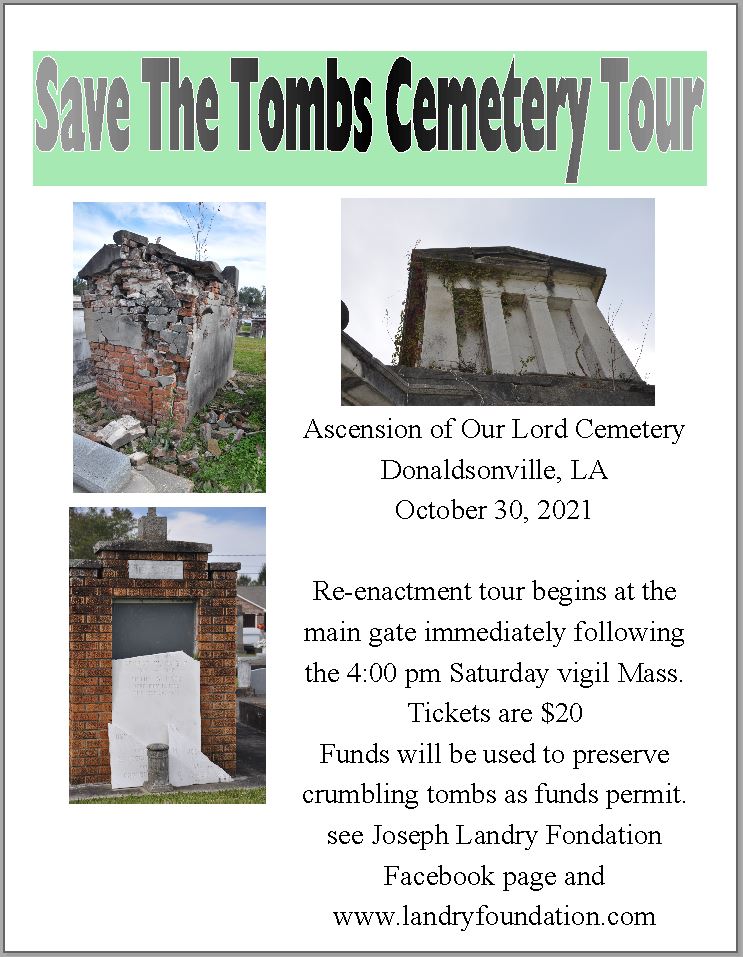
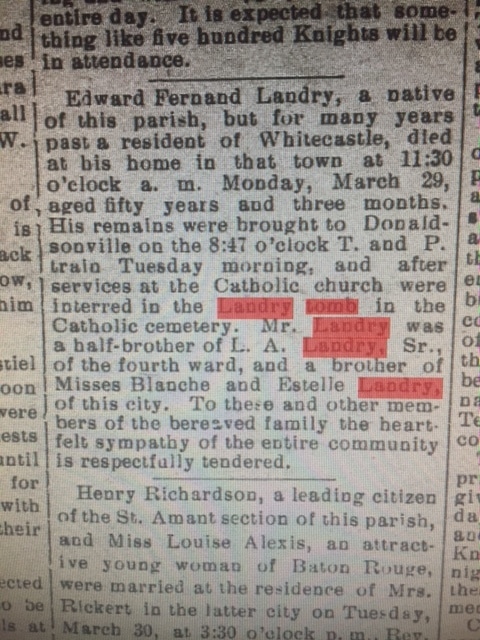
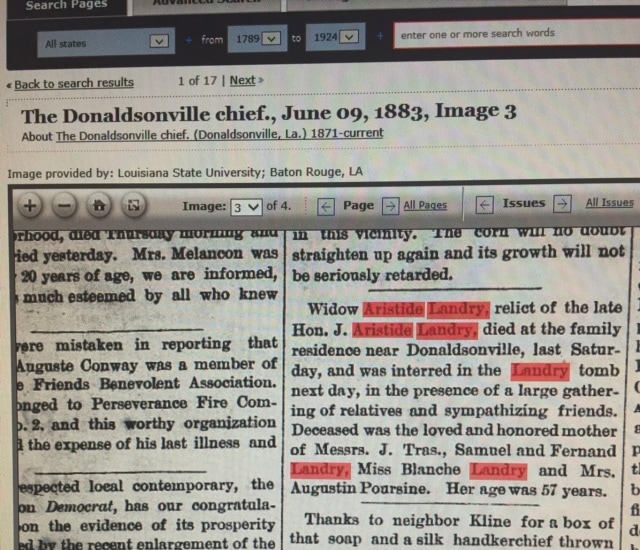
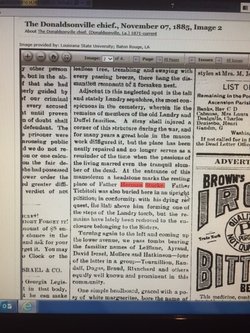
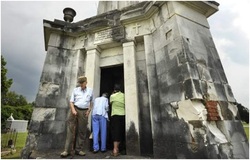
 RSS Feed
RSS Feed